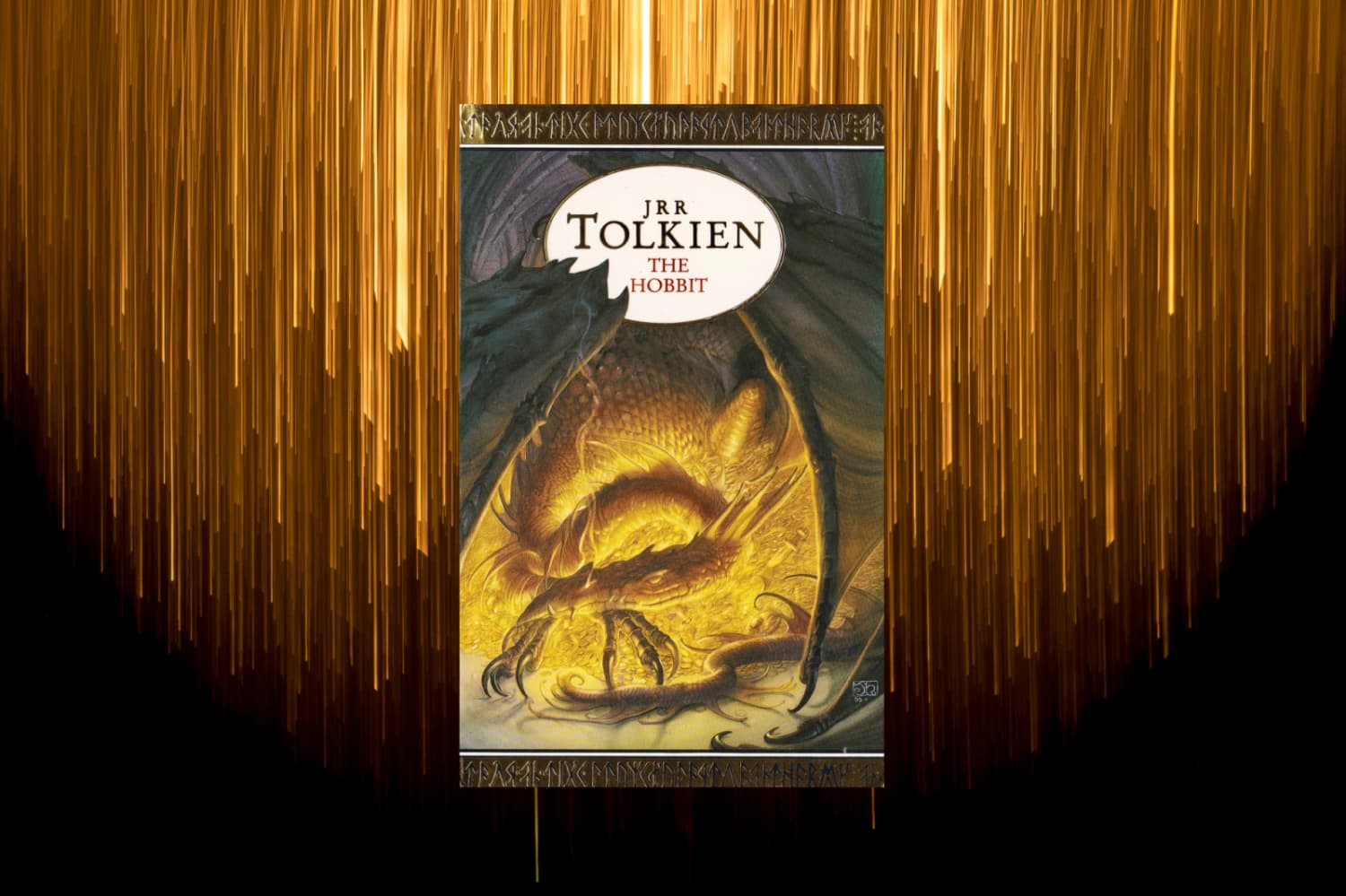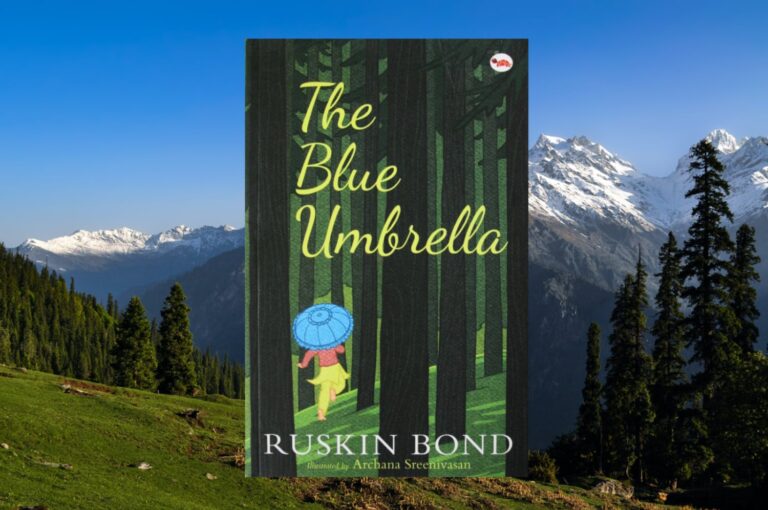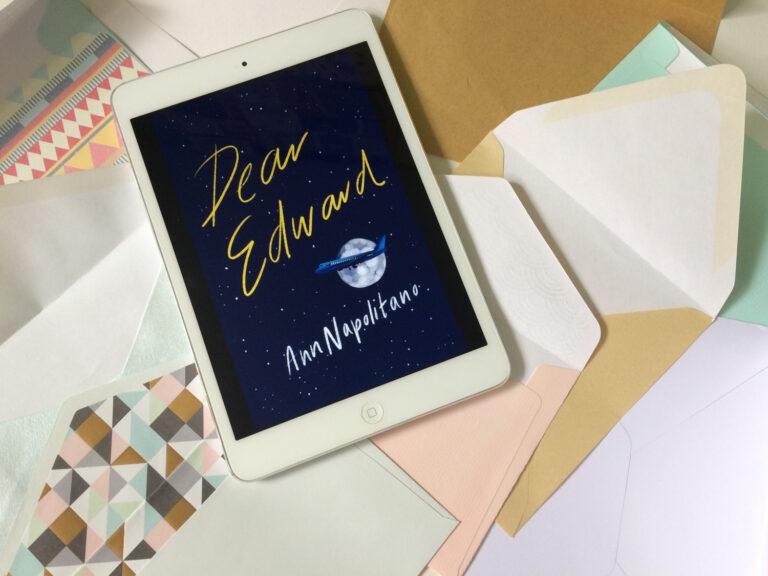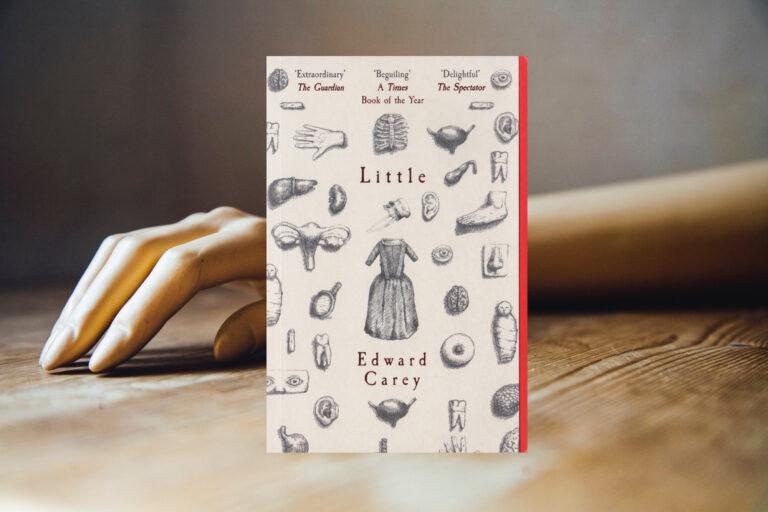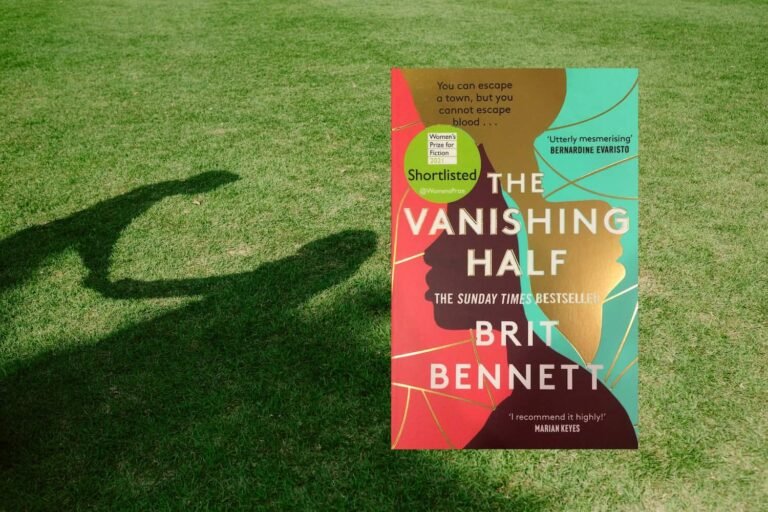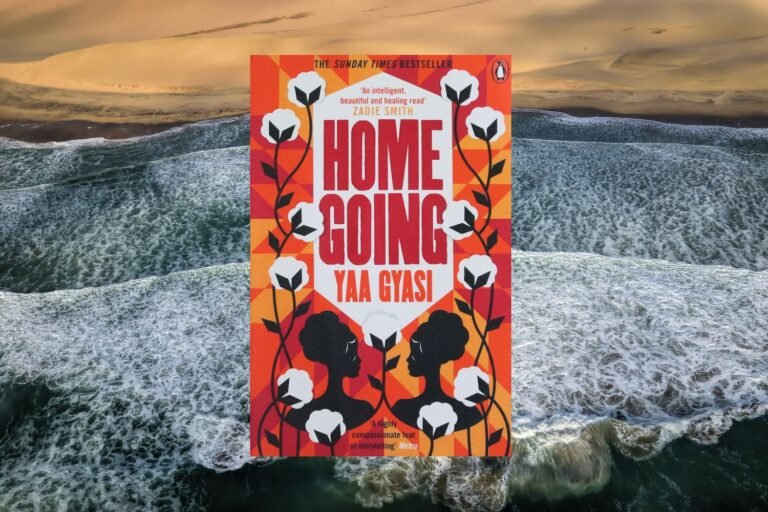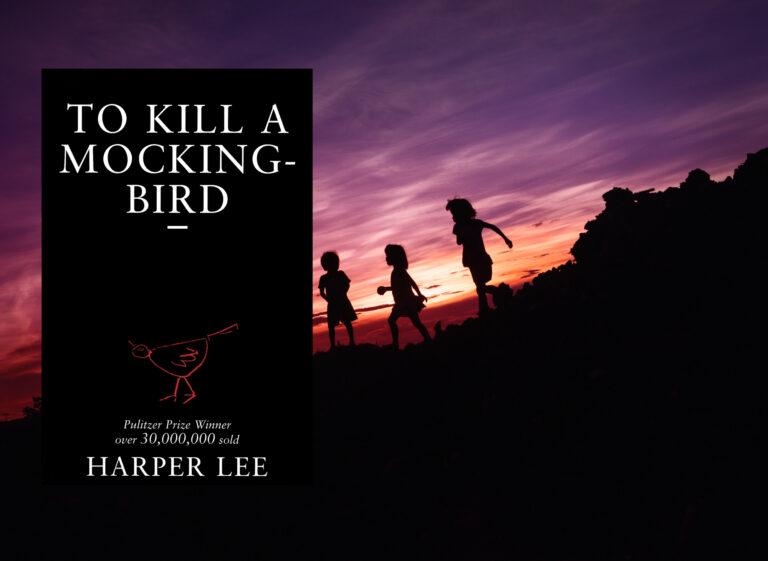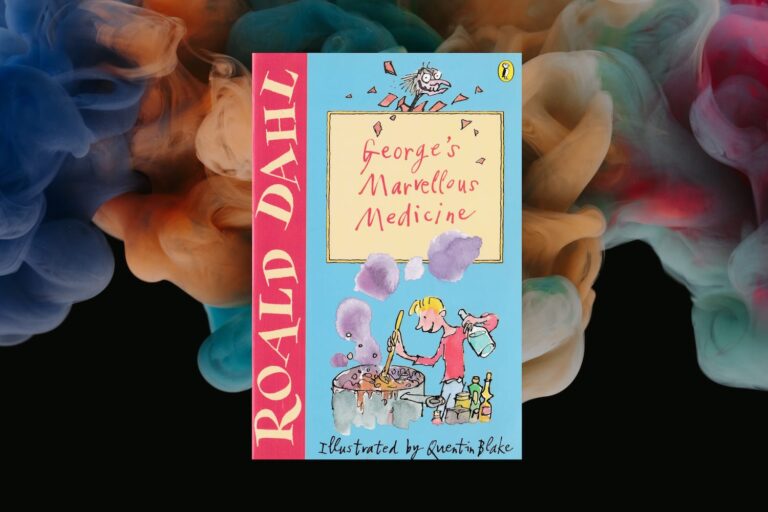Having been to Hobbiton, once dressed as a hobbit for a New Year’s party, and watched ‘The Lord of the Rings’ films back-to-back (extended versions) – you could say I’m a mildly curious observer of Middle-earth, and it’s all thanks to J.R.R. Tolkien’s The Hobbit. It was here that I first fell into, and in love, with the intricately drawn and captivating world of Middle-earth and the adventures of its smallest and greatest of heroes; a hobbit. Short in stature, hairy-footed and isolated from the troubles of Middle-earth, life is idyllic for these halflings, but, as is the case for our featured hobbit, Bilbo Baggins, a little boring. Although this doesn’t mean he intended to become a thief for a group of brave dwarves as they set off to reclaim their home and treasure from a fearsome dragon known as Smaug.
Thankfully for this group of adventurers they have a wizard accompanying them; Gandalf the Grey, and in their epic quest they’ll meet friends and enemies alike, not to mention the one ring – a powerful object sought by many.
Set before the Lord of the Rings, The Hobbit provides the narrative of how Bilbo came to have the one ring and to use its power of invisibility – a handy thing for a thief to have. But there’s also a darkness that follows the ring, with The Hobbit beautifully setting its tale for follow-up novels, and introducing a character who’s become distorted in his coveting of it – but I’m getting ahead of myself.
In journeying to the dragon’s hoard, the group come across many dangers including dumb trolls, spiders, and a scary creature living deep in the dark of a cave, and who talks in riddles as he creeps ever closer. To at last the fiery dragon, Smaug, who’s as evil as he is cunning. But not to worry, there are friends to help the group in their task, such as Beorn (the skin-changer who can become a great big bear), townsfolk, and beguiling elves who’ll be needed in the battles to come against blood-thirsty wargs (think giant mutated-wolves) and their cruel goblin riders – their souls rotten and depraved, just how they like it.
Tolkien’s detailing is captivating, and for a long time I would wonder about the scenes he set, especially Mirkwood forest – picturing a labyrinth of webs to ensnare you, and with trees packed so densely that the mind conjures a sound of scurrying between them – almost as if they move, or otherwise there’s something else that lurks there. The descriptions are simply phrased and thorough, and in this it’s easy for younger audiences to follow, while Tolkien’s elvish language shows a mastery of linguistics – with there even being different dialects!
Although part of Tolkien’s much larger and richer narrative of Middle-earth, The Hobbit is a book that easily stands on its own, whilst also acting as a prequel to others. However, in being such a tightly packed book of adventure some storylines are only slightly touched upon, with the character Beorn, who’s a skin-changer, having a past that’s secretive and incredibly tempting to pry open. This feeling is extended in Tolkien’s beautiful description of Beorn’s wooden-house (which feels like it’s part of the nearby woods) and in a setting that yearns to be explored (even if you’ll get stung by giant bees). In all, it leaves you wanting more, such is Tolkien’s style. However, in keeping it to one volume it avoids any waffling and instead is engrossing throughout.
Written from the third person’s perspective, the narrator occasionally breaks the fourth wall in talking directly to you – this can have the effect of taking you outside of the book and to remind you that its fiction, while for others it’s an extra enticement. Another feature is the pleasant interjections of songs and poems that are littered throughout the book, adding to the history of Middle-earth. Well-thought-out and considered, The Hobbit has wide ranging appeal, especially with the main character, Bilbo Baggins, who has a resonance to the reader – he’s tucked up at home, snug in his warmth and security, and yet there is an unknown longing for adventure within him. One that pulls to a life outside of our own hobbit-holes, and into the imaginative world of Middle-earth.
Other Notable Works by J.R.R. Tolkien:
- The Children of Húrin 2007
- The Silmarillion 1977
- The Lord of the Rings:
+ The Return of the King 1955 (3)
+ The Two Towers 1954 (2)
+ The Fellowship of the Ring 1954 (1)
Book Edition Information:
Publisher: HarperCollins
ISBN: 0-261-10221-4
Cover Illustration: John Howe
Presented Edition: 1993 Paperback
Background image courtesy of Rene Böhmer on Unsplash

